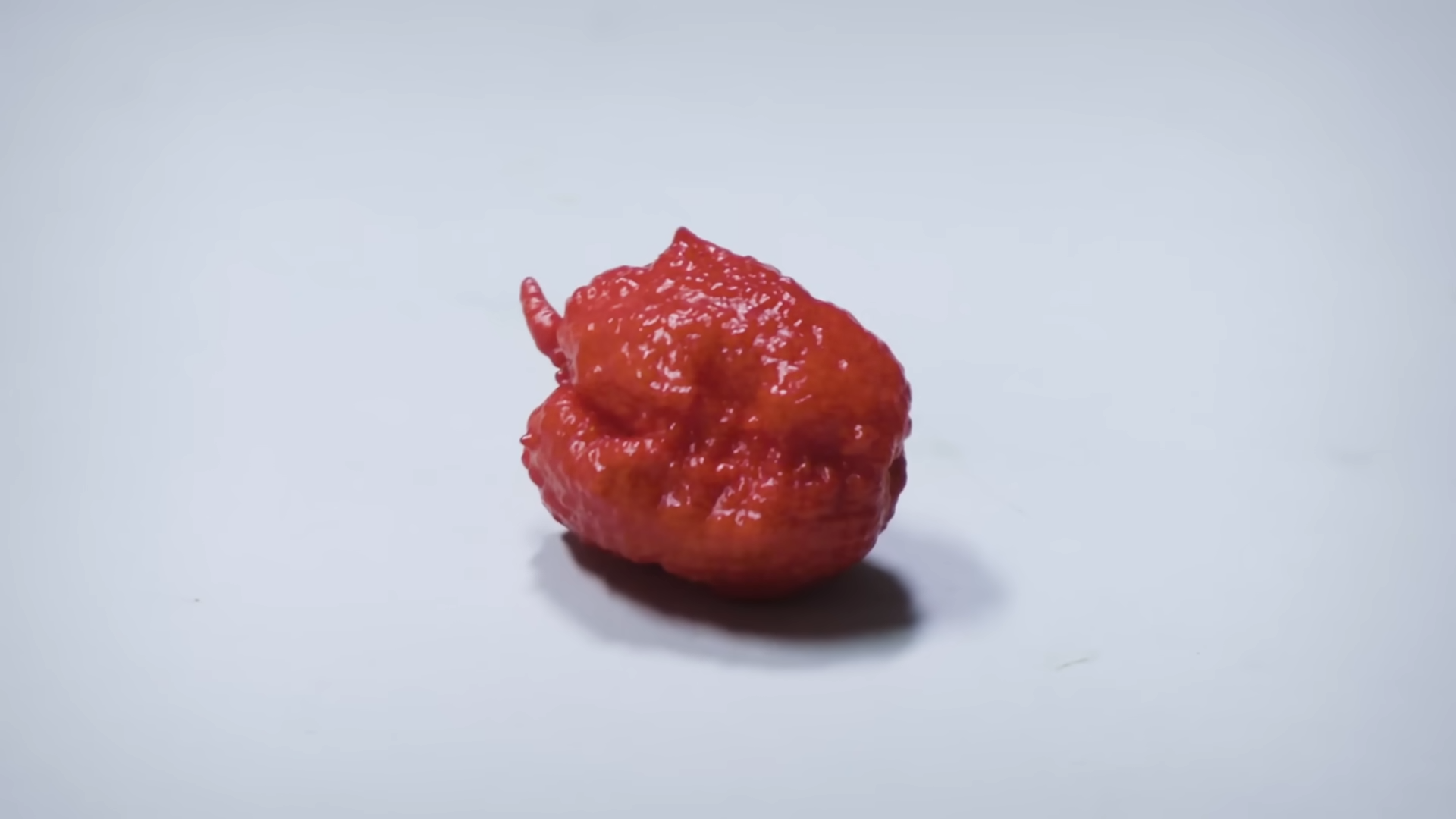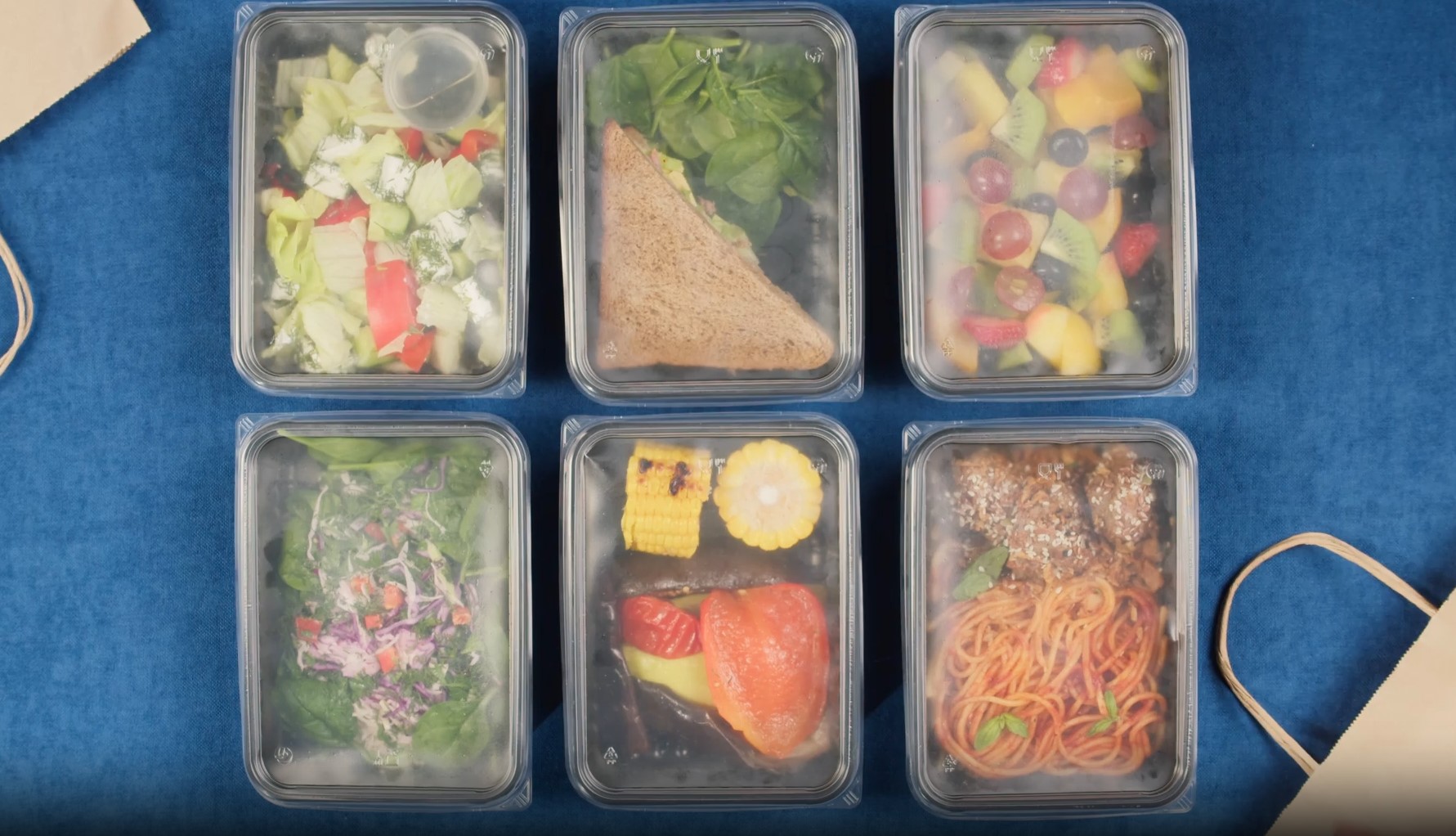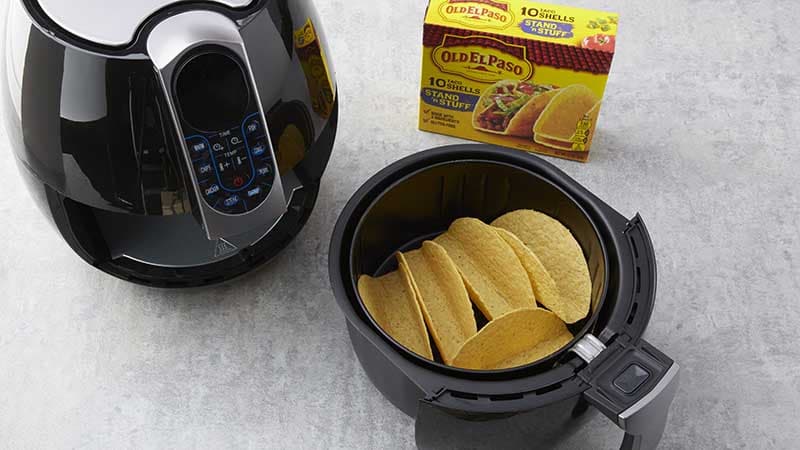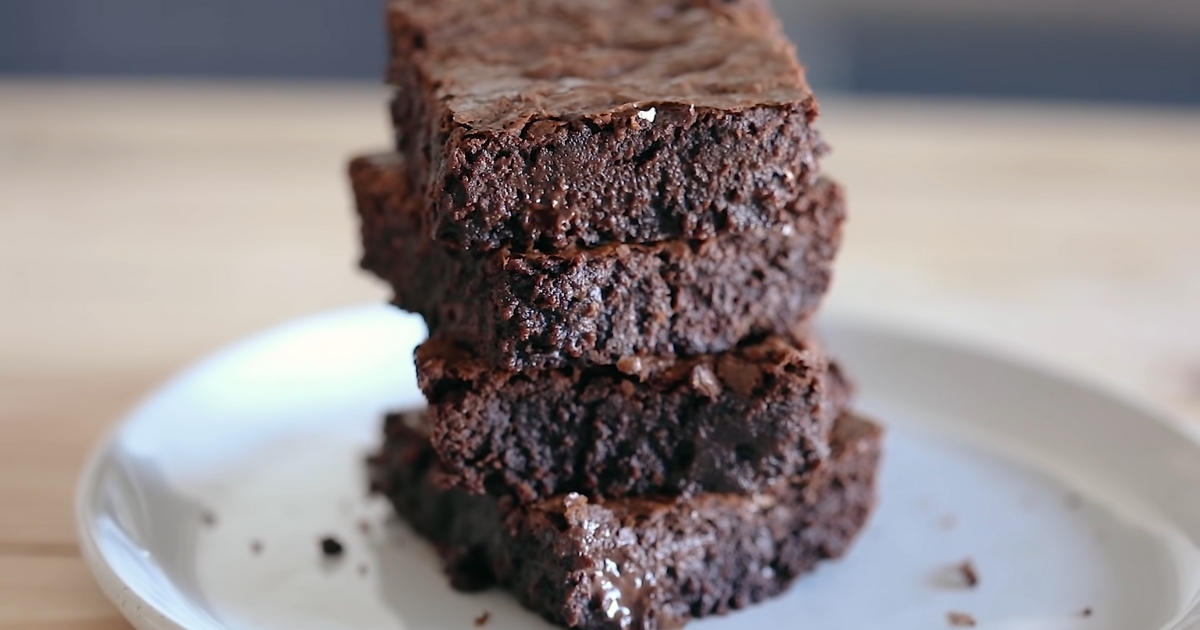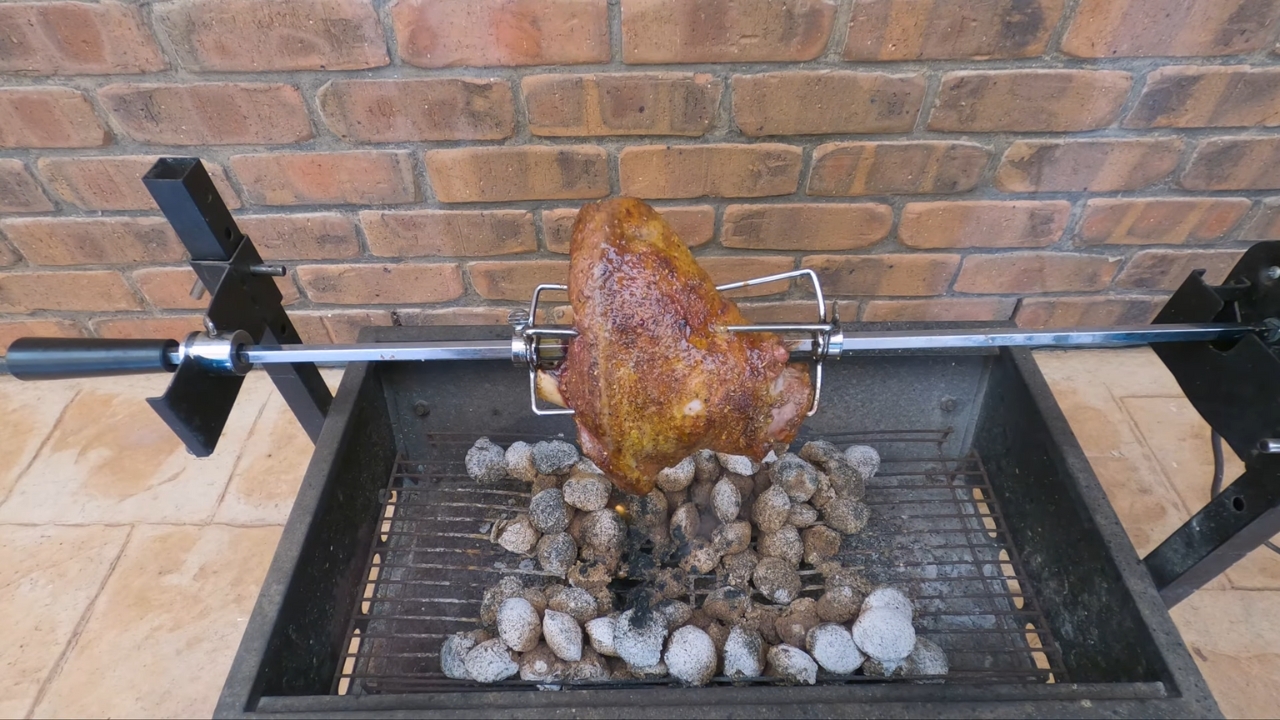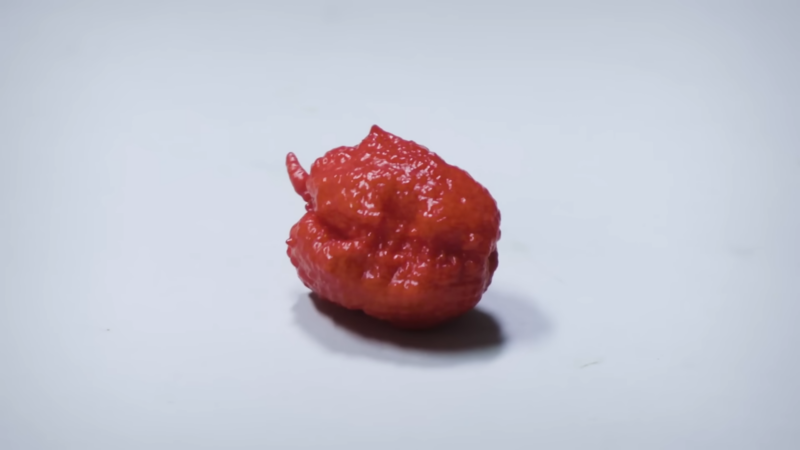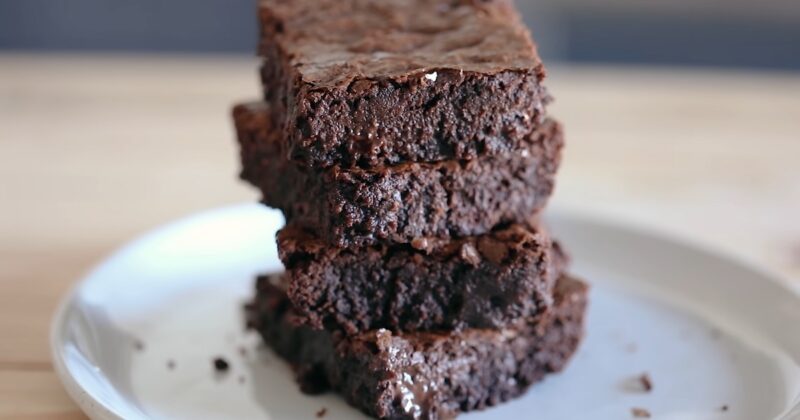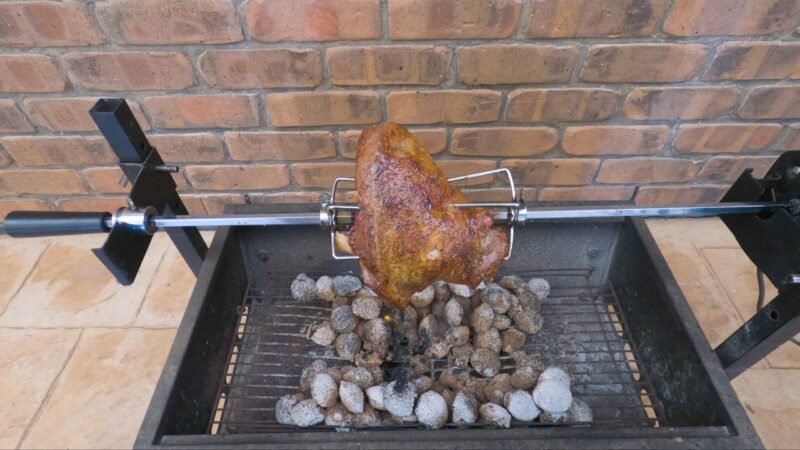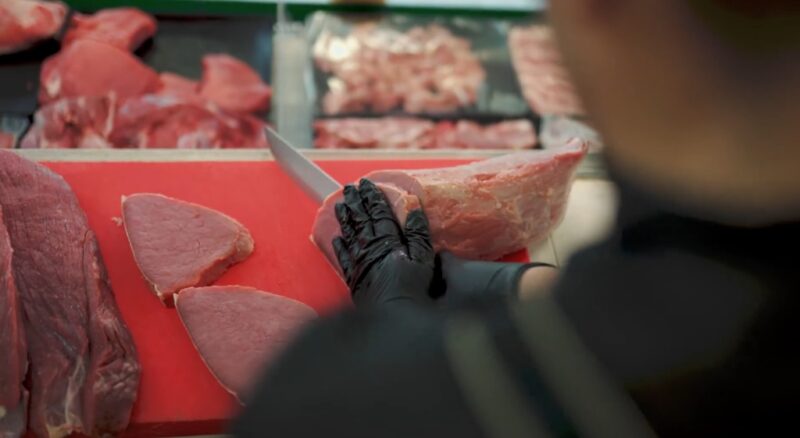
Stepping into a butcher shop or a high-end steakhouse, the plethora of options can be overwhelming. Yet, I always find my gaze wandering back to two old favorites: Ribeye and New York Strip. Let me take you back to the early years of my culinary journey, a moment that ultimately sparked my fascination with these two types of steaks.
Table of Contents
ToggleThe Basics
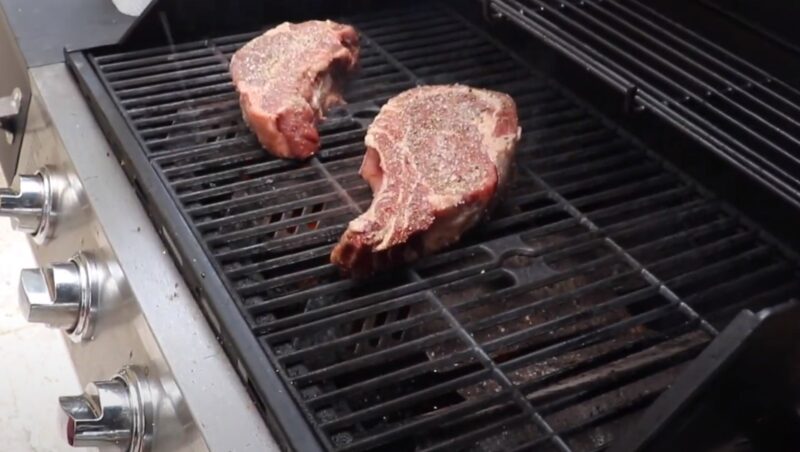
The tale of Ribeye vs NY Strip starts with understanding their origin and anatomy. Allow me to guide you through this meaty journey.
Ribeye
Ribeye, also known as Delmonico, is one of the most popular cuts of beef, famed for its marbling, flavor, and tenderness. The Ribeye comes from the rib section of a cow, specifically between ribs 6 and 12. In this location, the muscles don’t get a rigorous workout, resulting in more fat interspersed throughout the meat.
These ribeye steaks can be served bone-in or boneless. Bone-in Ribeye is often called a Rib Steak. The bone contributes to the flavor, giving it a slight edge over the boneless variant. On the other hand, the boneless variation gives you more meat for the same weight.
NY Strip
The New York Strip, also known as the Kansas City Strip or simply Strip Steak, hails from the short loin of the cow. This muscle does slightly more work than the rib, meaning the NY Strip is leaner, with a bit less marbling but also a denser texture.
The NY Strip is typically served boneless, but you might occasionally find a bone-in version. Just like the Ribeye, the bone-in variant offers a more pronounced flavor. The NY Strip is known for its balance of tenderness and robust beef flavor, making it a favorite among steak connoisseurs.
Cut and Anatomy
Now that we’ve covered the basics let’s take a closer look at the cut and anatomy of these steaks.
Cut and Anatomy of Ribeye
The Ribeye steak is unique for its “eye” of fat, which makes it incredibly juicy and flavorful. The meat around this eye is marbled with fat, leading to a rich, buttery taste and a melt-in-your-mouth texture.
- It’s typically thick-cut, ranging from 1 to 2.5 inches.
- It may or may not contain a bone.
- Contains a large “eye” of fat in the middle and marbled fat throughout.
The key to a great Ribeye lies in the marbling. This delicate distribution of fat throughout the meat is what provides its signature flavor and succulence.
Cut and Anatomy of NY Strip
The NY Strip steak is identified by its uniform, dense texture and a thick layer of fat running along one side. This cut is less marbled than the Ribeye, but this lack of fat is balanced by a richer, beefier flavor.
- It’s often cut to a thickness of 1 to 1.5 inches.
- It generally doesn’t contain a bone.
- It has a thick fat cap along one side.
The fat cap of the NY Strip, when cooked properly, lends a juicy, flavorful bite to the meat, complementing its naturally hearty flavor.
Taste and Texture

Let’s sink our teeth into the taste and texture of these two magnificent steaks.
Ribeye
This cut is often described as the epitome of steak flavor. Its high-fat content, both within the meat and around the eye, contributes to a rich, buttery taste.
The texture is tender due to the less active muscles in the rib area. This makes for a smooth, melt-in-your-mouth experience that is often considered luxurious. However, some might find the fat content excessive, leading to a somewhat greasy mouthfeel.
NY Strip
The NY Strip delivers a robust, beefy flavor that’s intense and satisfying. The fat cap, when cooked to a crispy finish, provides a delightful contrast to the leaner meat.
In terms of texture, the NY Strip is firmer than the Ribeye. The meat is denser, providing a satisfying chew that highlights the steak’s full-bodied flavor. This firmness, though, does not compromise its tenderness, provided the steak is cooked and rested correctly.
Cooking Methods
Let’s turn up the heat and discuss the best ways to prepare these steaks.
Best Ways to Cook Ribeye
Given its high-fat content, this steak lends itself to high-heat cooking methods. Searing on a grill or cast-iron skillet helps render the fat, enhancing the flavor and creating a delicious crust.
- Pan-searing or grilling at high heat.
- Oven finishing if it’s particularly thick.
- Served medium-rare to medium to allow the fat to render.
Since Ribeye is a fatty cut, it can go from perfect to overdone in a heartbeat. Hence, close monitoring is essential.
Best Ways to Cook NY Strip
The NY Strip is versatile and fares well with several cooking methods. Just like the Ribeye, high-heat searing works great, but this cut can also withstand longer cook times due to its denser texture.
- Pan-searing or grilling at high heat.
- Broiling or roasting.
- Served medium-rare to medium.
One important tip: sear the side with the fat cap first to allow some of the fats to render and infuse the meat with more flavor.
Health Considerations
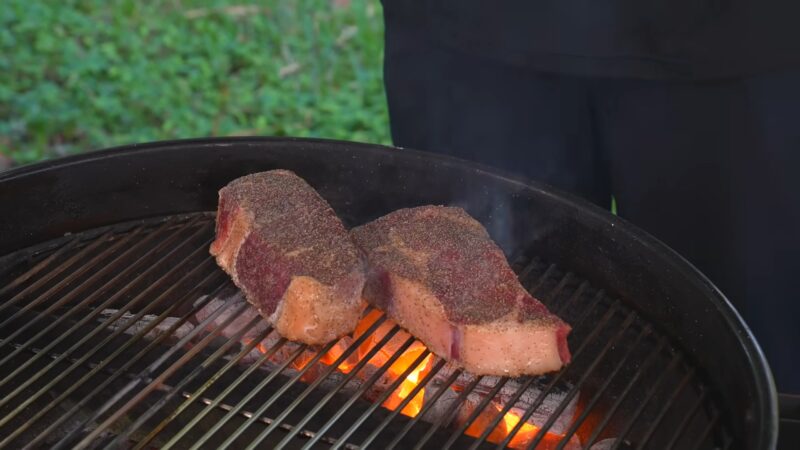
As we relish these delectable cuts, it’s also crucial to understand their nutritional profiles.
Nutritional Profile of Ribeye
Ribeye is high in protein, providing about 23 grams per 3-ounce serving. It’s also packed with vitamins and minerals, such as Vitamin B12 and zinc. However, due to its high fat content, it is higher in calories and saturated fats compared to leaner cuts.
- High in protein, vitamins, and minerals.
- High in calories and saturated fats.
- A good source of Omega-3 fatty acids, thanks to the marbling.
While Ribeye’s higher fat content may be a concern for some, it’s important to remember that fats can also provide a sense of satiety, helping to control hunger and overeating.
Nutritional Profile of NY Strip
The NY Strip is leaner than the Ribeye, making it lower in calories and saturated fats. It still provides a good amount of protein, clocking in around 21 grams per 3-ounce serving, and offers a similar vitamin and mineral profile.
- Lean cut with lower calories and saturated fats.
- High in protein, vitamins, and minerals.
- Contains less Omega-3 fatty acids due to lower fat content.
The NY Strip is an excellent choice for those seeking a balance between a hearty steak meal and a leaner, more nutritious option.
Cost Comparison

The cost of these steaks can often be a deciding factor. Here’s how they compare.
Cost of Ribeye
Due to its popularity and higher fat content, this is generally more expensive than the NY Strip. The price can vary based on factors such as the grade of beef, whether it’s bone-in or boneless, and the thickness of the cut.
However, Ribeye lovers often deem the extra cost worthwhile for the luxurious, flavorful experience this cut offers.
Cost of NY Strip
The NY Strip is generally more affordable than the Ribeye. It’s a great middle-of-the-road option, balancing cost, flavor, and tenderness. Just like the Ribeye, the cost can vary based on different factors like the grade of beef and the cut.
With the NY Strip, you’re getting good value for your money, especially if you appreciate a steak with a hearty, beefy flavor and a satisfying chew.
Pairing Suggestions
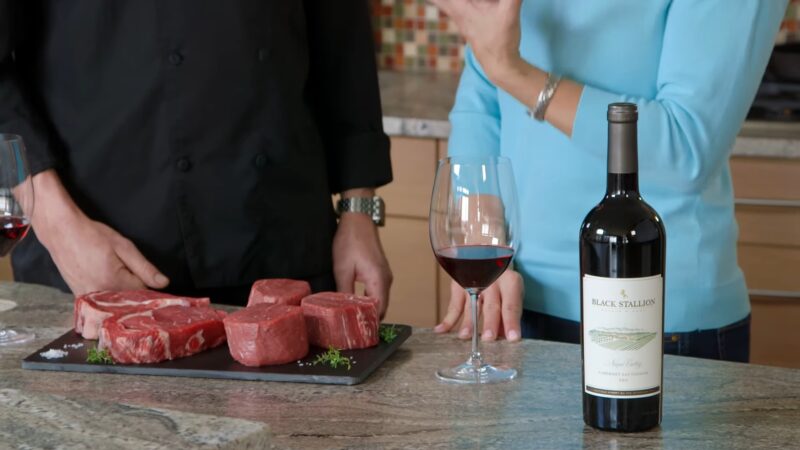
No steak dinner is complete without the right accompaniments and wine. Let’s explore some pairing suggestions.
Pairings for Ribeye
The Ribeye, with its rich, fatty profile, pairs wonderfully with bold, tannic red wines like Cabernet Sauvignon or Syrah. These wines can stand up to the intensity of the Ribeye and help cut through the fat.
When it comes to sides, consider something with a bit of acidity or bitterness to balance out the richness of the steak. Roasted Brussels sprouts, a sharp arugula salad, or even a tangy chimichurri sauce can do wonders.
Pairings for NY Strip
The NY Strip, with its robust, meaty flavor, pairs well with medium to full-bodied red wines like Merlot or Zinfandel. These wines complement the hearty flavor of the steak without overwhelming it.
For sides, think of something hearty and flavorful. Roasted root vegetables, creamed spinach, or mushroom risotto would work well, standing up to the strong flavors of the NY Strip.
Verdict: Which One is Better?
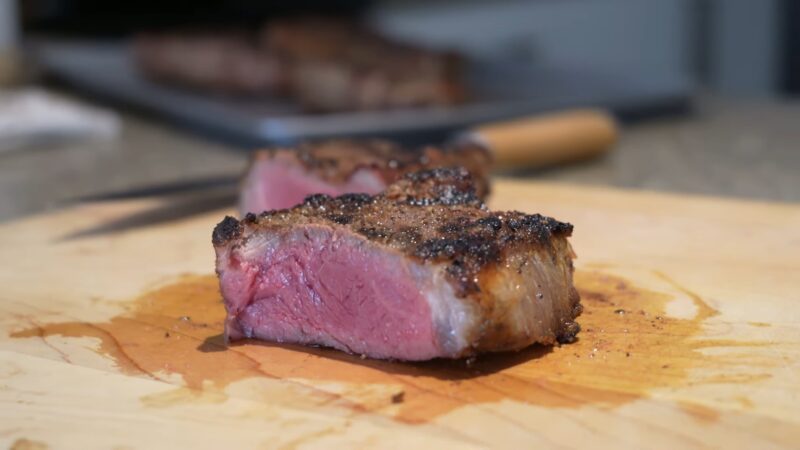
After our in-depth exploration, it’s time for the big question: Which one is better?
Choosing Ribeye
If you’re a fan of luxurious, melt-in-your-mouth tenderness and a rich, buttery flavor profile, the Ribeye is your cut. While it is generally more expensive, the unique experience it offers can be worth the extra cost.
This cut is perfect for special occasions or for those ‘treat yourself’ moments when you want something truly indulgent.
Choosing NY Strip
If you prefer a steak with a robust, beefy flavor and a satisfying chew, the NY Strip is the cut for you. More affordable than the Ribeye, it offers a fantastic balance of cost, flavor, and tenderness.
The NY Strip is a reliable choice for any steak dinner, providing consistent quality and a hearty, fulfilling meal.
FAQs
What is the main difference between Ribeye and NY Strip?
The main difference is that the Ribeye has more internal marbling or fat, making it more tender and flavorful. The New York Strip, on the other hand, is a leaner cut of meat with less marbling, which can make it slightly tougher in texture.
Which is a better cut of meat, Ribeye or New York Strip?
Both cuts are high-quality and delicious, but the preference depends on individual taste. If you prefer a steak with more intramuscular fats, you might find Ribeye more enjoyable. If you prefer leaner meat, then the New York Strip might be your choice.
Which is healthier, New York Strip or Ribeye?
Both cuts of steak have their nutritional benefits. However, if you’re watching your fat intake, the New York Strip, being leaner, might be a healthier choice as it has less saturated fat than its counterpart.
Where on the cow do Ribeye and NY Strip come from?
The Ribeye is cut near the neck and along the upper rib cage, while the New York Strip is cut from the rear area of the cow.
Which steak is more tender, Ribeye or New York Strip?
Ribeye is generally more tender than New York Strip due to its higher fat content and marbling.
Which steak is better for grilling, Ribeye or NY Strip?
Both steaks are great for grilling. The Ribeye’s high-fat content can make it especially flavorful when grilled, while the leaner New York Strip can provide a beefier flavor. The choice depends on personal preference.
Final Words
In the grand battle of Ribeye vs NY Strip, the victor really depends on your personal preference. Both offer unique experiences and are worth trying in your culinary journey. I hope this comparison provides some useful insights for your next steak dinner. As for me, my heart remains divided, with each steak offering a special place on my dinner plate.
Related Posts:
- Herring vs. Sardines: A Nutritional Comparison
- 10 Best Dipping Sauces for Grilled Meat - Discover…
- 13 Gift Ideas For Meat Lovers - Grill, Smoke, and Savor
- Top 10 Best Meat Thermometer 2023 - Essential Kitchen Tools
- 12 Best Meat Injectors 2023 - What You Need To Know…
- 5 Best Meat Slicer: Ease Your Slicing Process In The Kitchen

